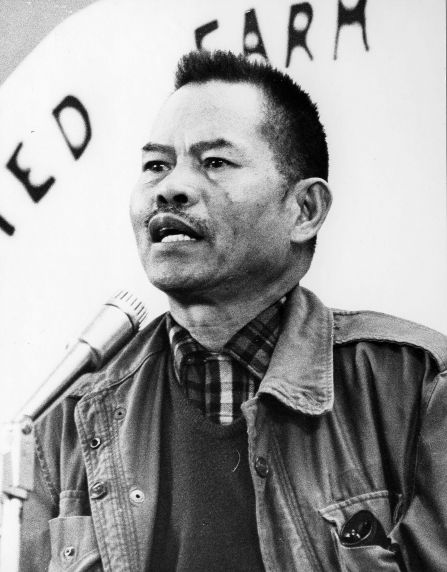“I want to be buried with that.” That’s what a Filipino-American World War II veteran shared with General Taguba in hopes that the sacrifices that he and thousands of his colleagues made during the conflict will finally receive the same recognition that Native American codetalkers and Japanese-American veterans have received: the Congressional Gold Medal.
It’s almost seven decades since the end of WWII. For the past few years, we’ve seen 70th anniversary commemorations for events such as the Attack on Pearl Harbor, the Battle of Stalingrad, and the D-Day landings. In less than a couple years, we’ll see another one of those 70th anniversaries, this time not for a battle but for a law: the Rescission Act of 1946. The words that opened the legislation was itself damning:
Service before July 1, 1946, in the organized military forces of the Government of the Commonwealth of the Philippines, while such forces were in the service of the Armed Forces of the United States pursuant to the military order of the President dated July 26, 1941, including among such military forces organized guerrilla forces under commanders appointed, designated, or subsequently recognized by the Commander in Chief, Southwest Pacific Area, or other competent authority in the Army of the United States, shall not be deemed to have been active military, naval, or air service for the purposes of any law of the United States conferring rights, privileges, or benefits upon any person by reason of the service of such person or the service of any other person in the Armed Forces.
The oath that a quarter million Pilipino recruits made years earlier by joining the United States Armed Forces Far East (USAFFE)—that pledge of "faith and allegiance...to the United States of America" and to "obey the orders...of the president of the United States"—seemed to have meant nothing in the eyes of the Rescission Act.
Thus began the decades-long fight for recognition, a battle that continued long after the war’s end. We’ve heard of the Fil-Am veterans who chained themselves in a park named after Douglas MacArthur, the USAFFE commander who led the initial defense and eventually the liberation of the Philippines. We’ve seen bills submitted to Congress over the years to bring such recognition only to end up not gaining traction.
Eventually some progress was made. The Naturalization Act of 1990 allowed veterans to become US citizens and one-time payments were delivered to them in the Filipino Veterans Equity Compensation Fund, which was embedded into American Recovery and Reinvestment Act of 2009.
But even then such compensation ($9,000 to non-US citizens and $15,000 for US citizens) seems miniscule compared to what American veterans have received since the end of the war, with benefits ranging from medical to the GI Bill. And by then, thousands of Fil-Am vets have already passed away, thus reducing the number that needed to be compensated while 42% that are still alive and have applied have since been rejected.
As their numbers dwindle by the day, the imperative to act is immediate. Recently Hawaii representative Colleen Hayabusa introduced the Filipino Veterans of World War II Congressional Gold Medal Act. The latest attempt has spawned a grassroots movement called the Filipino American World War II Soldiers Recognition Project and is led none other than General Antonio Taguba, the closing speaker at this year’s UniPro Summit. Within that speech was a quote that struck a chord deep within, emotions that reminded me of my own grandfather who passed away shortly after the war…
“They did their mission, we should do ours… for our lolos.”
I recall ten years ago, when I’d envision General Taguba’s face every time I heard something about the Abu Gharib scandal. I was inspired to see a Fil-Am in the upper echelons of the Armed Forces. Now he’s leading the fight for another injustice, one that after seven decades is finally seeing progress -- but only after thousands of veterans have already passed away. Writing to members of our congress seems painless compared to the literal and symbolic battles that these individuals faced, but it’s powerful enough as a final gesture of gratitude before they pass on.
Fellow minority veteran groups received their recognition after years of constant lobbying. Now it’s time for our Filipino-American World War II veterans, our lolos, to receive theirs.
For updates on this important initiative, check out and like the Filipino American World War II Soldiers Recognition Project Facebook page.
Photo credit: Filipino American World War II Soldiers Recognition Project




